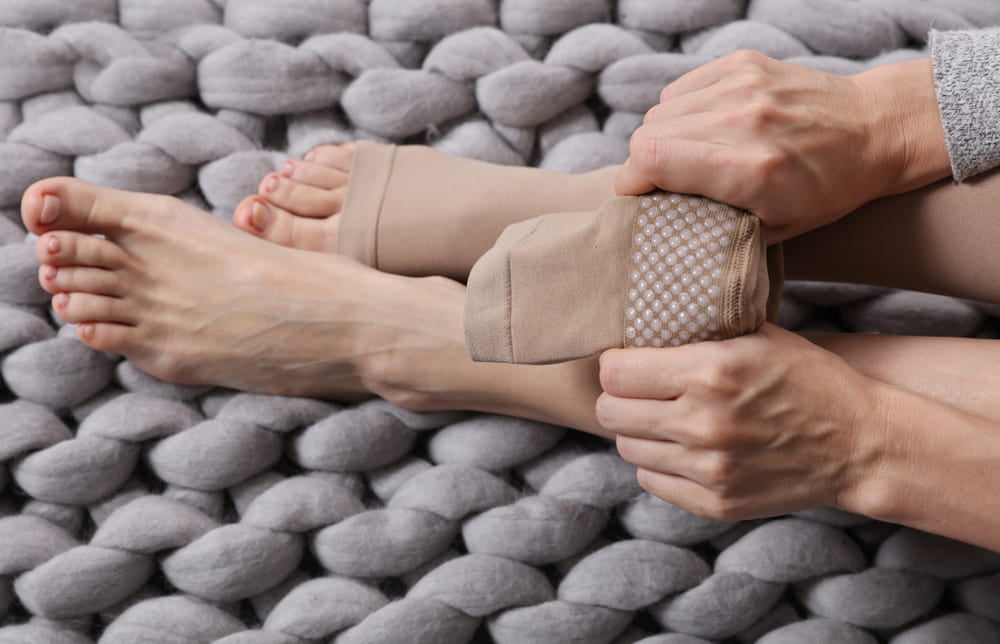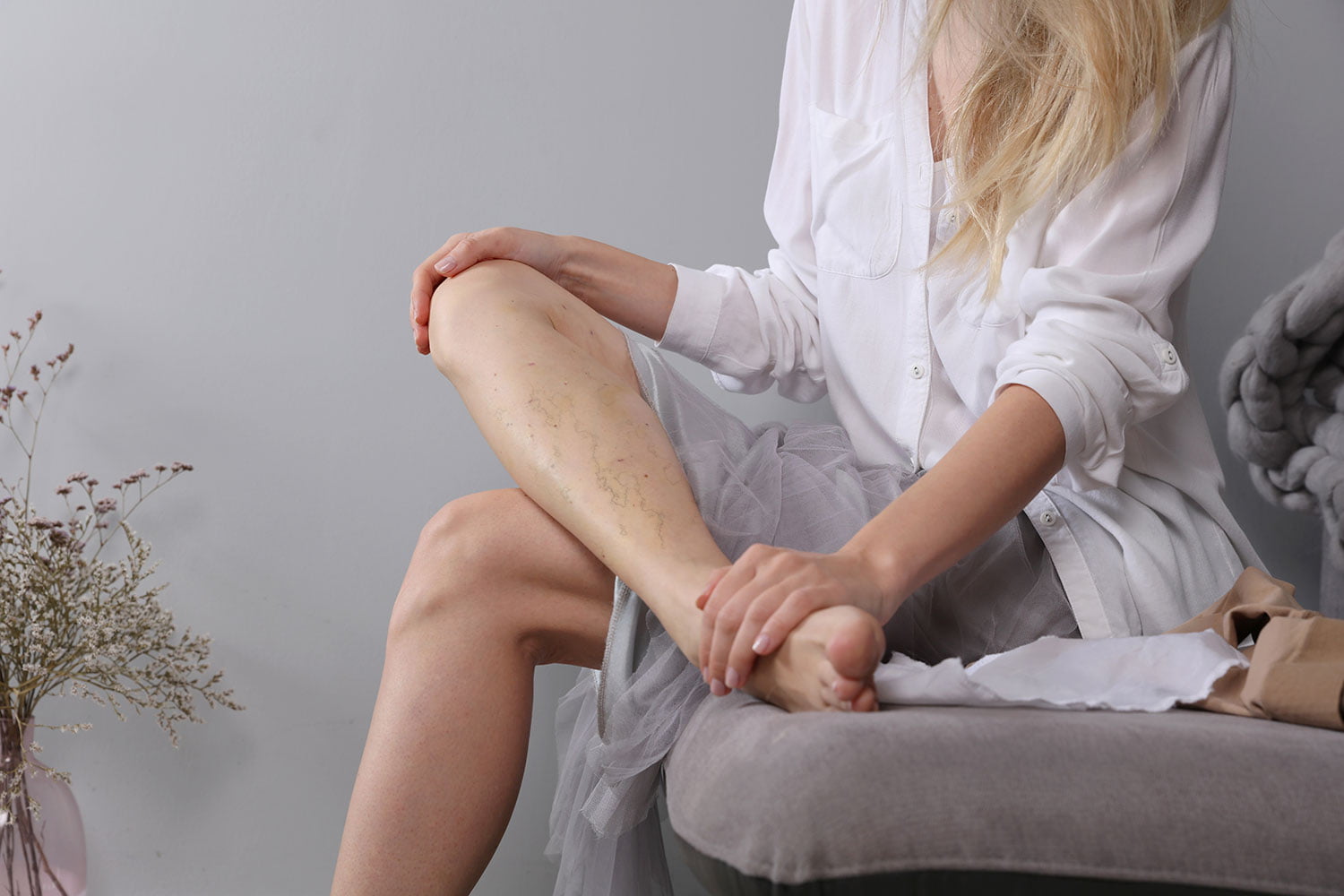Different Treatments for Varicose Veins
Having varicose veins and living with varicose veins are two very different things. They’re different for the fact that just because you’ve got them doesn’t mean you MUST live with them. With the technologies around today (and tomorrow!), there are many ways you can rid your body of varicose veins and relieve the pain and discomfort that they cause. Today we’ll outline a few methods employed to eliminate these pesky and oftentimes painful varicose veins.
Medical Procedures
There are a few procedures that can be done to remove or close your varicose veins. Now, don’t panic, the human body is an amazing creation. You can close veins in your body and the blood will find its way to the next vein and will travel through there from now on. Very seldom are problems caused by closing varicose veins.
Out of the procedures listed, you may be treated with one or more of them. Bruising, swelling, skin discoloration, or slight pain are all normal side effects.
Sclerotherapy
This method uses a liquid chemical to close off a varicose vein. Injecting the chemical into the vein causes irritation and subsequently, scarring. This results in the vein basically just fading away.
Normally used to treat smaller varicose and spider veins, this procedure can be done in your doctor’s office and requires very little recovery.
Typically done every 4 to 6 weeks, afterward, your legs will be wrapped to help promote healing and decrease the swelling.
Microsclerotherapy
A variation of sclerotherapy that is used to treat tiny varicose and spider veins.
A very small amount of liquid chemical is introduced into the vein using an ultra-fine needle. The same effect is achieved as normal sclerotherapy but on a microscopic scale.
Laser Surgery
This procedure is exactly what it sounds like. A laser is projected onto the vein(s) in question. The light from the laser effectively makes the vein fade away.
A non-invasive option, Laser surgery is mostly used for getting rid of small varicose veins. No injections or scalpels are involved with this procedure.
Endovenous Ablation Therapy
This type of therapy uses radio waves or lasers to essentially burn a vein so that it closes off.
Your doctor makes a very small incision in your skin close to the varicose vein. A catheter is then inserted into the vein. Towards the end of the vein, a small device heats up and closes off the vein.
A local anesthetic will be administered, but you’ll be awake during this outpatient procedure.
Endoscopic Vein Surgery
For this procedure, your doctor will make a tiny cut near a varicose vein. They will then use a microscopic camera towards the end of a thin tube to travel through the vein. A small surgical device at the camera’s end will then be used to close the said vein.
Though normally used in severe cases when varicose veins are causing sores, endoscopic vein surgery can be used for more intense varicose veins. Because this procedure is more invasive, recovery time is usually about 2 or 3 weeks to feel normal.
Ambulatory Phlebectomy
This specific method allows your doctor to simply use a scalpel or other small tools to cut the veins directly from your skin. This procedure normally takes place solely to remove the varicose veins that are extremely close to your skin.
A local anesthetic will be administered, but you’ll be awake during this outpatient procedure.
Vein Stripping and Ligation
Vein stripping with ligation is only performed in the most extreme cases of varicose veins. Much like a tubal ligation (tying your tubes), vein stripping and ligation require the surgeon to make small incisions into your skin, then tie the varicose veins into knots to essentially reroute the blood.
Anesthesia is typically recommended for this surgery, but an overnight stay is not normally required for vein stripping and ligation.
Recovery time for this procedure can vary from 1 week to a month, depending on the severity of the veins.


